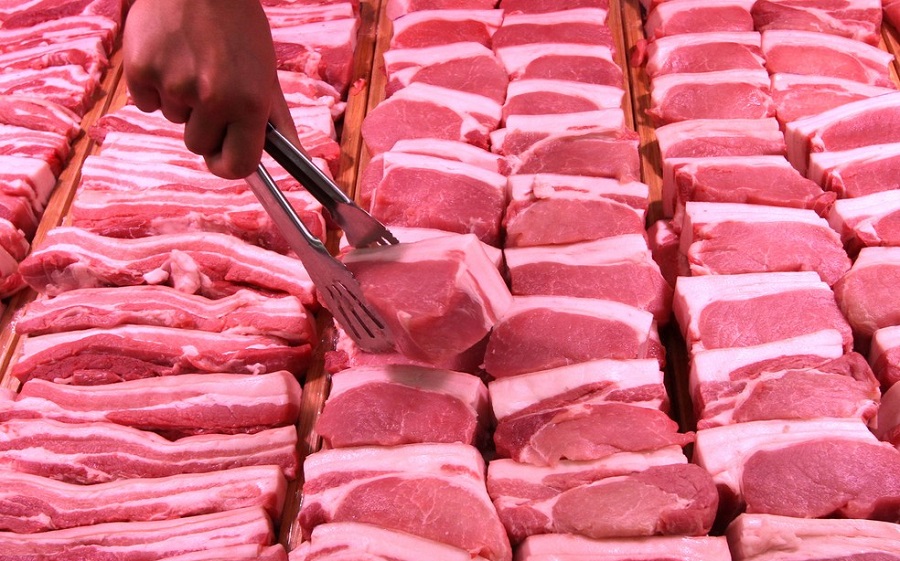RIO DE JANEIRO, BRAZIL – Brazilian pork exports in June posted the second best monthly performance in the sector’s history, with shipments of 108,800 tons, reported on Thursday the Brazilian Association of Animal Protein (ABPA), citing the boost from the resumption of economic activity in several parts of the world.
According to the sector’s association, the volume is 13.2% higher when compared to June 2020, falling only below the mark registered in March this year, when 109,200 tons were exported. The figures consider both fresh and processed products.

In terms of revenue, June represented a historical record in the association’s monthly survey, reaching US$270.2 million, up 36.5% year-on-year.
“The return of economic activity in several regions of the world has positively impacted the sector’s exports,” ABPA’s director of markets Luis Rua said in a statement.
“Lower supply in competing countries, such as the United States, has led Brazil to increase its share in the global pork trade and, given the forecasts, the trend should continue throughout 2021,” he added.
In the accumulated first half of the year, shipments of the protein by Brazil reached 562,700 tons, an increase of 17.39% compared to the same period in 2020, while revenues jumped 25.4%, to US$1.349 billion.
China remains Brazil’s main client in the sector, having imported 58,800 tons of pork in June, 29.2% more than the same month in 2020.
ABPA also highlighted a sharp increase in exports to the Philippines (+371.2%, at 2,800 tons) and Argentina (+326.6%, at 2,200 tons) last month.
“The Asian market and some South American countries maintained a positive demand for Brazilian exports, sustaining the projected growth in exports for this year,” said ABPA’s president Ricardo Santin.
“The good performance of exports has contributed to mitigating the impacts of record production costs,” Santin added, at a time when the price of grains used as animal feed are at high levels.

